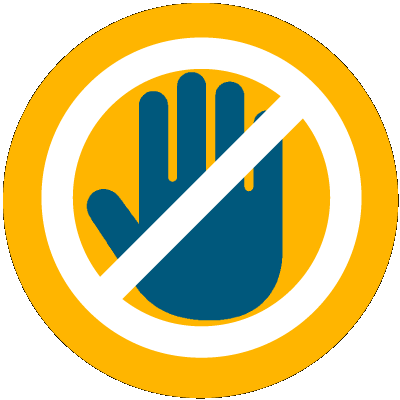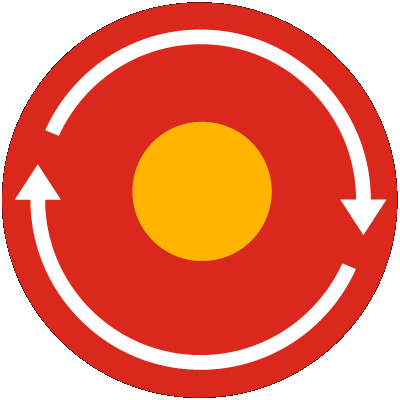You’ve made what seems to be a successful connection with a prospect, but what are some strategies to keep them engaged to get them to convert?
Sales is an interesting and sometimes difficult role. It takes someone with patience who’s willing to persevere and weather the ups and downs that come with the sales process. Patience being the key thing. Many salespeople overlook the value an effective follow up strategy can have on helping prospects convert to buyers.
80% of sales require 5 follow ups to covert to a customer.
44% of sales reps will only follow up 1 time after an initial conversation before giving up.
Almost 94% of reps give up after 4 follow ups.
Source: Hubspot
Studies show it can take a minimum of eight times for a buyer to see something about a brand before their interest is peaked enough to reach out for information. To help combat selling fatigue and keep prospects moving through the sales pipeline, we have a few best practices on follow up to incorporate into the sales process.
1. Communicate
This might seem like an obvious one, but it’s the most important. Have you thought about all of the different methods of communication that can take place in the sales process? Meetings can be in-person, a video call, over email, or a phone call. These are some of the common methods that first come to mind.
Old and new tactics that salespeople can tap into to communicate with prospects include:
- Mail or ship some swag or a personalized hand-written note or product catalog.
- Connect and engage on social media with the prospect, specifically on LinkedIn.
- Even if sending a templated email, it can be personalized by adding a video message directly from the salesperson to the prospect, maybe recalling some detail from a conversation.
No matter what method of communication chosen, it’s important to follow a few golden rules to make sure it gets the attention of buyers:
- Make sure it provides value to the buyer – whether it be communicating the next steps in the sales process, address their pain points, what happens if they wait, or sharing a relevant article or video that relates to the need for your product.
- Messaging and content needs to be at the right time in the sales and discovery process and not jumping to close too soon.
- Make it short and concise with an attention-grabbing subject line.
Using clear communication and some creative outreach techniques it will help grab their attention for a response.
2. A/B Testing
If a prospective buyer is not responding to emails, move on to a call. If that doesn’t get a response, maybe make a personalized video for email or interact with them on social media.
It is effective to set up a standard cadence of communication for salespeople to follow. Campaign automation requires some testing to discover the right timing. It might include two emails sent three days apart, a phone call, another email, and another phone call spread over a three-week period. It largely depends on your company’s average sales cycle.
- It’s also good to A/B test messaging and subject lines for the templated emails that are sent. See what gets the most opens and clicks and move forward with that option as the standard.
- Measuring and evaluating the methods of communication, the cadence, and messaging that work within your industry will be crucial to helping sales team see success and stay on target for continuous follow up.
3. Know When to Stop, But Have No Hard Feelings
Buyers and decision makers are usually busy. Part of a sales team’s mantra needs to consistently be to establish the relationship with the buyer and exercise patience.
- Get to know them and understand the position they are in and their business.
- Make sure to take the queues to know when they are not interested (completely ghosting you) or have the conversation to understand why they didn’t choose your brand.
- Don’t end the connection on a negative note. The prospect could find interest later or be a fit for future product offerings.
4. Consistency
Salespeople must spend time to follow up with prospects. They need to realize they are not spamming or annoying the prospect, but rather establishing the relationship and becoming that trusted source for the buyer.
Follow up can make or break a sale. Even highly qualified prospects need a certain amount of follow up to ensure the prospect turns into a buyer. With follow up as part of the sales process, it will help the sales team stay on track, stay motivated and help build buyer relationships.
Looking for help executing your lead generation and follow up strategy? MPI can help – contact us to learn more.
Sources: HubSpot.com and Cience.com





